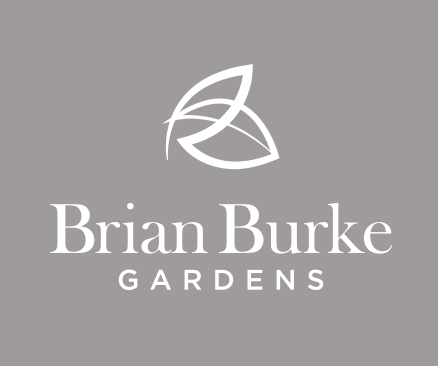The possibilities are endless. The combinations and computations are infinite. There is no end to what is not needed or what does not belong. Good design is difficult because of the amount of superfluousness that relentlessly tries to insinuate itself into the picture. The designer must be ever vigilant to eradicate that which does not further the theme or align with the priorities of the user. It is the hallmark of the fledgling designer to throw in the kitchen sink and in the process forget that good design is distinguished as much by what is not there as what is.
 |
| My Bloom Garden |
So what is this thing that inflicts such anguish, that consumes and frustrates, what are we striving for? Apart from absolute consistency, harmony and coherence in colour, shape, texture and structure, not much.
Good design requires reflection, thought, deliberation, contemplation and cogitation. Anything which has not been subjected to an appropriate amount of mental rigour will stand out. The flippant decision screams at the visitor, jumps up and down and demands attention. The curve that has no basis in reason, the curve that I thought “might look nice” but which ultimately couldn’t be justified. If I can’t explain why it’s there then it shouldn’t be there. Meanwhile the results of the thoughtful decisions are just there, sitting quietly and comfortably, not making a fuss.
Yes the opportunities are endless but the process only begins when you filter out what doesn’t support the user. Carefully considering the user is the primary means of eliminating what is extraneous and helps to focus design intent. The specifics will inevitably follow. I often see design where quite clearly this process has taken place, but in reverse. The designer comes up with a few elements which are deemed to be eye catchers and then sets about retrospectively constructing the rationale for their inclusion. Using yourself as the starting point and subsequently attempting to shoehorn in a justification is not design, it’s self indulgence. l carry around ideas and outlines of elements that I like but to use them where they don’t further the objectives of the user would be designing for myself, designing in a vacuum. And that’s not cool.
Good design should also be about bold choices, about having the confidence to go beyond what is typical or expected and following through in a coherent way. It’s not that long ago that you could have any colour you wanted on your garden timber as long as it was a shade of brown. Look where we are now; painting fences Lavender. But the bold choice is only as good as what’s around it. Don’t leave the daring colour becalmed in a sea of blandness, helpless and forlorn. Follow through.
The possibilities are endless so above all, let’s be careful out there.

Leave a Reply